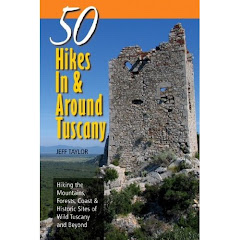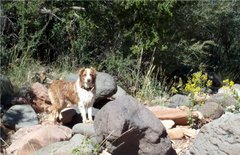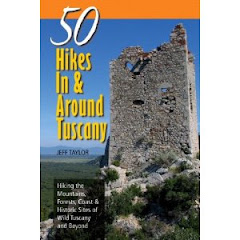The Hikemaster's Trail Descriptions will be getting back into the swing of things, after this summer hiatus, once we hit the road again on about September 10th.
As we go to new places and do hikes, I'll post more hiking descriptions here, as well as, the daily travel adventures over at the sister blog of http://www.taylorlenz.com/.
If you want to see the proposed routes for this upcoming fall, check out the post below;
http://www.taylorlenz.com/2010/08/where-shall-we-go.html
Saturday, August 28, 2010
Thursday, August 5, 2010
Long Pass-Mount Stuart, Alpine Lakes Wilderness, Washington
Distance: 5.2 miles (8.3 km) roundtrip
Elevations: 4,150-6,240 ft (1,265 - 1,905 m)
Difficulty: Moderately Stenuous
Season: June - October
Located at the southeastern edge of the Alpine Lakes Wilderness Area and at the most expansive and impressive view of Mount Stuart anywhere, Long Pass is a short, steep, and spectacular view of the eastern slopes of the Cascade Mountains.
This trail will take you from a montane mixed-conifer forest of grand fir, Douglas fir, lodgepole pine, and Englemann spruce, to a rocky and colorful subalpine forest of whitebark pines and subalpine firs, and then above the trees for spectacular views that includes three volcanoes.
The trail begins at the Esmeralda Basin parking area on FS 9737. To access the trailhead, simply take Highway 970 from I-90 and follow it to Teanaway River Road. Turn left and follow Teanaway River road its entire length. It turns into North Fork Teanaway Road and then at 29 pines campground becomes an unpaved forest service road for the last 10 miles.
The trailhead offers hikers three possible destinations. Shortly after leaving the parking area, the trail branches with the straight-ahead route heading up Esmeralda Basin to the saddle. If you turn right, you begin climbing toward Ingalls Pass. The forest in this stretch is fairly dense, but there are nice patches of wildflowers in July.
At about the 2 mile mark, as the trail begins to ascend into the thinning subalpine zone, the Long Pass trail branches right, while the main route bends left toward Ingalls Pass and Ingalls Lake with the red-rock ridge along the way. The Long Pass trail follows an old miners route, as it climbs through whitebark pine stands. The associated croaks of the Clark's Nutcrackers are a sure sign you've entered the whitebark pine zone. They feed on whitebark pine seeds, by planting them by the thousands in the soil for winter food caches. As such, the ones they do not eat become well-sowed seeds to start the next generation of trees.
The trail steepens as it approaches the pass, and expansive views of the Esmeralda Basin and Mount Rainier appear. Soon the trail arrives at the pass and the true glory of Mount Stuart presents itself.
At 9450 feet, Mount Stuart is the second tallest non-volcanic peak in the Cascade Range. It is a granite laccolith of magma that intruded into the surrounding sedimentary rocks, but never erupted onto the surface. Most people are happy to relax at this spot to absorb the views.
But, if you want to go a bit further, track right and follow the way-trail to the top of the rocks above. From here, you can see more of the rocky snow-covered peaks of the Alpine Lakes Wilderness, as well as, the icy summit of Glacier Peak to the north.
Looking down toward the steep valley of Ingalls Creek below, you will see lime green larches on the slopes, as well as, the rediculous winding way trail descending below.
Return to your car the way you came...
By the way, you may notice that many of the trees in the Esmeralda Basin and in fact, the entire region, as brown and sick. That is the result of a 6+ year spruce budworm epidemic that is hitting the grand firs and Douglas firs of the area. These outbreaks are the result of 100+ years of fire suppression and management practices allowing these trees to grow in much greater densities than they would have historically. Generally speaking, the older trees will recover when the epidemic ends in another few years. But, these outbreaks will worsen as increased droughts and lower snowpacks from global warming stress these already too dense forests.
Subscribe to:
Posts (Atom)
Just Giving Back For All To Enjoy
Why pay money to buy hiking books? Why pay fees to view trail websites? By searching my archives and checking back often to see new posts, we are sure you will be able to find the hike that is right for you ... and for free!
In addition, we provide fascinating ecological and geological information to make the hikes informative and fun. As former National Park Rangers, we know how to find the right hike for you. So, if you are on vacation, we will provide you with the hike you absolutely MUST do while in an area. Do not go on vacation without checking out this site!
In addition, we provide fascinating ecological and geological information to make the hikes informative and fun. As former National Park Rangers, we know how to find the right hike for you. So, if you are on vacation, we will provide you with the hike you absolutely MUST do while in an area. Do not go on vacation without checking out this site!




















